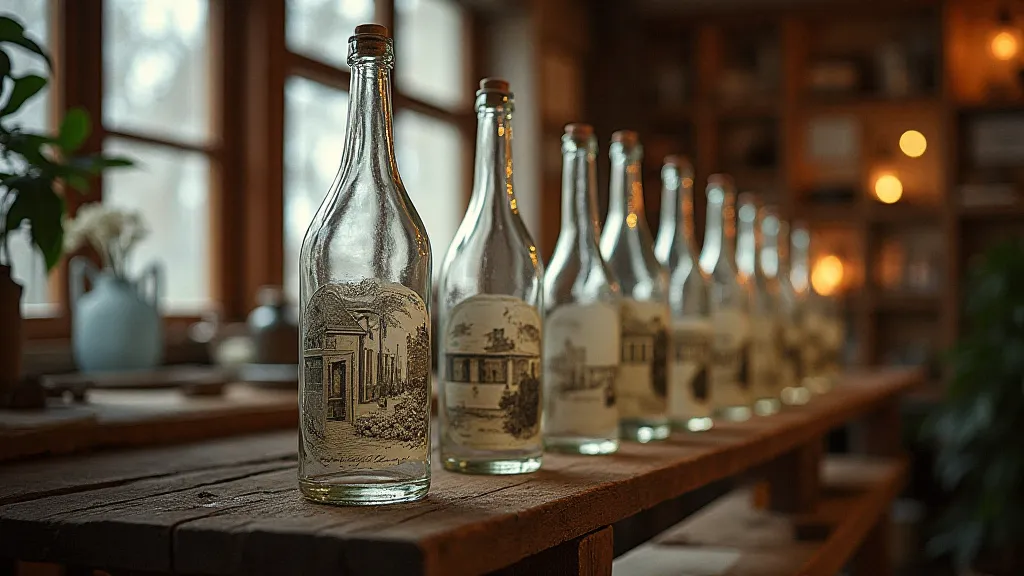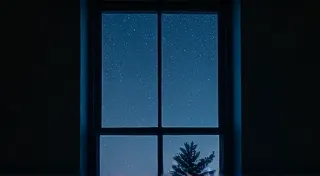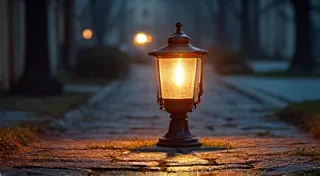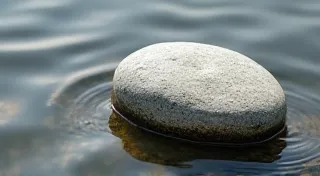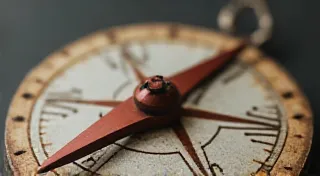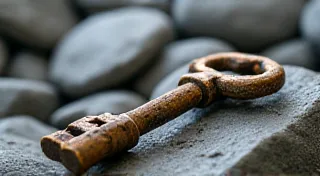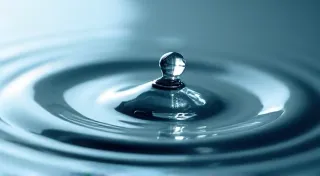Frozen Moments: Capturing the Stillness of Antique Imagery
There’s a particular stillness to antique photographs. Not just the absence of movement, but a profound sense of time suspended, a silent echo of a world both familiar and utterly vanished. They are windows into lives lived differently, landscapes that have shifted, and emotions rendered in shades of sepia and silver. As a lover of antique bottles, and a devoted student of reverse glass etching, I've found a beautiful way to bridge these two passions: recreating these fragile, historical images onto the cool, smooth surface of glass.
The process feels almost reverent. It’s not simply about transferring an image; it’s about honoring the story it holds, the people it depicts, and the era it represents. My journey into reverse glass etching began serendipitously. I'd been collecting antique bottles for years – mostly early 20th-century medicine bottles and milk of magnesia containers – drawn to their form and the faint whispers of their past use. Simultaneously, I inherited a box of my great-grandmother’s photographs – portraits of stern-faced relatives, candid snapshots of picnics, and faded images of a family traveling through the American West. Seeing these photographs alongside my collection sparked an idea: could I find a way to integrate these captured moments, to give them a new vessel, a new lifespan?
That’s when I discovered reverse glass etching. The technique itself is fascinating. Unlike traditional glass etching, where a stencil protects areas you *want* to remain clear, reverse etching removes the stencil *before* the etching cream is applied. The image is then "painted" onto the glass, with the cream selectively removing the surface, leaving a raised, tactile image. It’s a process that requires patience, precision, and a deep understanding of the materials. The aesthetic possibilities extend beyond simple imagery, allowing for the incorporation of subtle textures and tones; for instance, creating the illusion of underwater landscapes—a path that others have explored in their own interpretations of the medium.
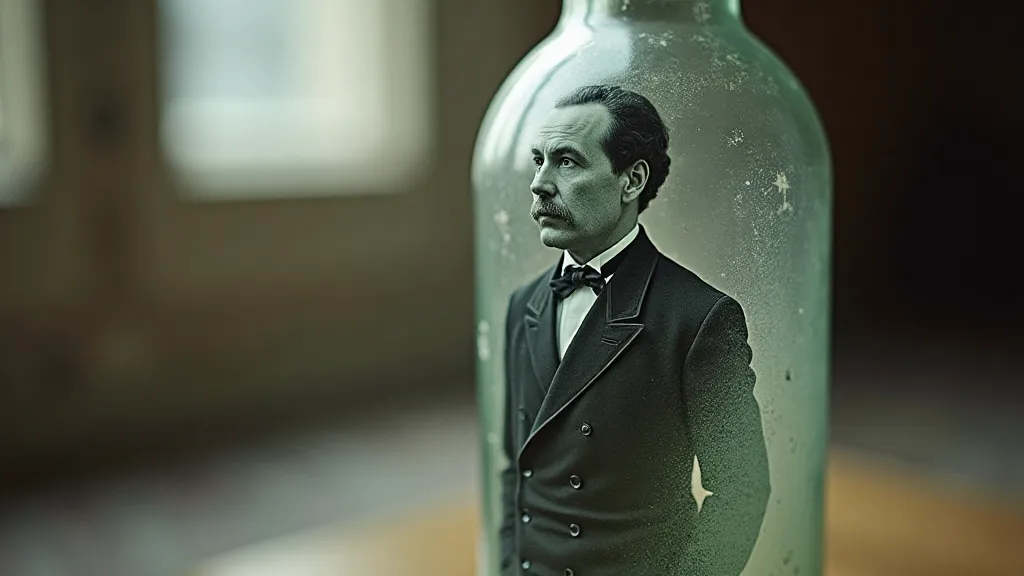
The Allure of the Past: More Than Just Decoration
Choosing which image to etch is often the most challenging part. It’s not just about finding a pretty picture. I find myself drawn to images that evoke a sense of melancholy, of stories untold. There's a particular photograph of my great-grandfather playing an accordion that I’m perpetually drawn to. He’s standing on a dusty porch, the accordion gleaming in the sunlight, his face a study in quiet contentment. Accordion music was a vital part of family gatherings back then, a source of joy and connection in an era often marked by hardship. Transferring that image to a bottle feels almost like releasing that music again, allowing it to resonate in a new way. The resulting texture and depth can often be amplified by strategic manipulation of light and shadow – a technique that has inspired many to experiment with chromatic subtleties in their own etched bottle creations.
The historical context is vital. Knowing something about the people in the photograph, the era they lived in, the technology used to capture their image - it all informs the process. Early photographic processes like the wet collodion method were complex and time-consuming, often resulting in formal, posed portraits. These formality, these constraints, became part of the image's charm. Replicating that aesthetic on glass requires an understanding of how light and shadow would have interacted with the original photograph, and how to best convey that depth and nuance through etching. The evolution of these techniques mirrors the broader development of bottle design itself, with earlier styles often echoing echoes of antiquity in their forms and ornamentation.
The Craft: Tools and Techniques
The tools are deceptively simple. You're working with glass etching cream, a stencil material (traditionally vinyl but I’m experimenting with alternatives), brushes, and of course, the glass bottle itself. The bottles I prefer are generally older, with a subtle texture that adds character. Perfectly smooth, machine-made bottles tend to produce a less desirable result. Finding bottles with a slight ripple or imperfection, a subtle hint of the hand-blown process, adds another layer of authenticity to the final piece. Achieving truly remarkable results goes beyond the basic toolkit; skilled artisans will consider the language of texture to create a sense of depth and relief in the etched image.
Creating the stencil is the most painstaking part. The image is first transferred onto the stencil material, then carefully masked off. The precision required is considerable; any flaws in the stencil will be permanently etched into the glass. I've learned to appreciate the process, to slow down and focus on the minute details. It's almost meditative. The careful masking and application of etching cream often reminds me of the deliberate artistry employed in early photographic processes—a dedication to detail that translates beautifully onto glass. Sometimes, the composition feels almost skeletal, a delicate framework holding a fragment of the past; this feeling is particularly compelling when depicting botanical subjects, creating stunning skeletal frames of leaves and blossoms.
The application of the etching cream is an exercise in controlled chaos. Too much cream, and the image will be overly aggressive; too little, and it will be too faint. The temperature and humidity also play a role, influencing the etching process. It’s a constant learning curve, and each project brings new challenges and new discoveries. The nuances of this controlled chaos are a constant source of learning and refinement. I’m always striving to capture the narrative inherent in these images – the unspoken stories etched into the faces and landscapes. This dedication to storytelling is what sets apart a simple decoration from a truly compelling piece of art, allowing the bottle to become a conduit for shared memory and personal connection.
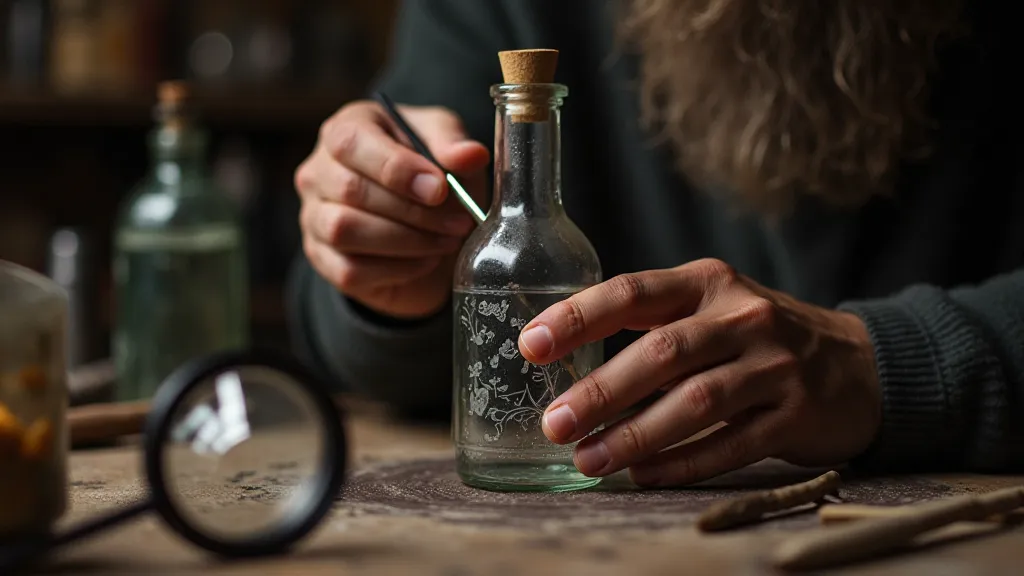
Beyond Decoration: Restoration and Collecting
While the primary focus is on creating beautiful, decorative pieces, there’s an underlying connection to restoration and collecting. Many of the antique bottles I use would otherwise be discarded or forgotten. Giving them a new purpose, imbuing them with a new story, feels like a small act of preservation. This practice aligns with a larger movement towards appreciating the beauty of aged objects and recognizing the value of objects that carry the marks of time and use.
Similarly, the photographs themselves often represent a tangible link to the past. Sometimes, the images I use are damaged or faded, threatened by the ravages of time. Replicating them on glass provides a form of archival preservation, ensuring that these moments are not lost to future generations. It’s a way of honoring the memories of those who came before us. The process can be exceptionally moving – not merely recreating an image, but essentially offering a whisper of remembrance for those captured within the frame. It’s a humbling experience to become a custodian of these fragile glimpses into history. Often, the essence of the image—the story it conveys—is more important than pristine perfection; it's the imperfections that truly resonate. It’s the beauty found in the fragmented narratives, in the whispers in the glass, that make the work so deeply compelling.
Collectors often seek out antique bottles in pristine condition, valuing their rarity and historical significance. My approach is somewhat different. I embrace the imperfections, the flaws, the subtle signs of wear and tear. These imperfections tell a story, they reveal the bottle’s history, they connect it to the human hands that shaped it. The same applies to the photographs - it’s the faded edges, the slight imperfections that make them so captivating, so evocative of a bygone era. The beauty lies not only in the image captured but also in the story etched into the object itself. Each mark and imperfection serves as a silent testament to the passage of time, a visible connection to a rich and complex history.
Finding Stillness in a Changing World
In a world that moves at an increasingly frenetic pace, there’s a certain solace to be found in the stillness of the past. The act of reverse glass etching, of recreating these fragile moments on glass, is a reminder of the enduring power of memory, the importance of connection, and the beauty of imperfection. It's a way of pausing, of reflecting, of finding beauty in the quiet corners of history. It's a way of allowing the past to speak, to resonate, to inspire us for generations to come. The process itself demands a quiet attentiveness, a willingness to surrender to the deliberate pace of the craft, offering a momentary escape from the pressures of contemporary life.
